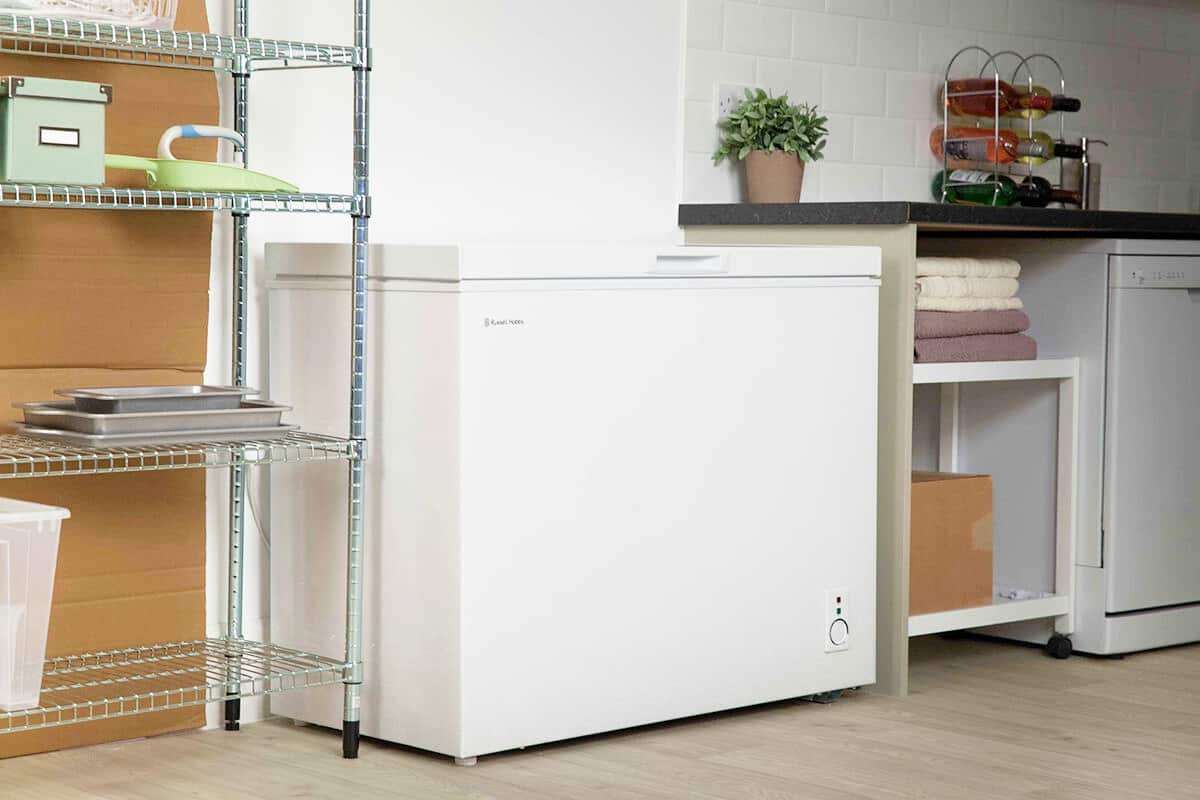

Articles
What Is Chest Freezer
Modified: August 30, 2024
Discover the benefits of owning a chest freezer with our informative articles. Find out how a chest freezer can save you money, preserve food longer, and provide extra storage space.
(Many of the links in this article redirect to a specific reviewed product. Your purchase of these products through affiliate links helps to generate commission for Storables.com, at no extra cost. Learn more)
Introduction
A chest freezer is a valuable appliance that is designed to help you store and preserve food for extended periods of time. Whether you have a large family or simply want to take advantage of bulk purchases, a chest freezer can provide you with the extra space you need to keep your food fresh and accessible.
Unlike a regular refrigerator freezer, which is typically attached to your refrigerator unit, a chest freezer is a standalone appliance that is separate from your everyday fridge. This means it can offer you much more storage space, allowing you to stock up on frozen items without worrying about running out of room.
In this article, we will explore the different aspects of chest freezers, including their definition, advantages and disadvantages, common uses, sizing considerations, energy efficiency, organizing and maintenance tips, safety precautions, and troubleshooting common issues. By the end of this article, you will have a comprehensive understanding of chest freezers, enabling you to make an informed decision when it comes to purchasing and utilizing one in your home.
Key Takeaways:
- Chest freezers provide ample storage space, long-term food preservation, and energy efficiency, making them a valuable addition to any household for bulk buying and meal prepping.
- Proper organization, maintenance, and safety precautions are essential for optimizing the performance and longevity of a chest freezer, ensuring convenient and safe frozen food storage.
Read also: 8 Incredible Freezer Organizers For 2025
Definition of a Chest Freezer
A chest freezer is a type of freezer appliance that is designed with a horizontal orientation, resembling a large box or chest. It is built to provide ample storage space for frozen food items, making it an ideal choice for storing large quantities of food for extended periods of time.
One of the key features of a chest freezer is its deep and wide open interior. Unlike upright freezers that have shelves and compartments, a chest freezer typically offers a single, spacious compartment. This design allows for easy stacking and organization of frozen goods, giving you the flexibility to store a variety of items such as meats, vegetables, fruits, prepared meals, and more.
Most chest freezers come with a hinged lid that opens from the top. This lid is often equipped with a strong seal to prevent cold air from escaping and warm air from entering, ensuring optimal temperature conditions for your food. Some models may also have additional features like an internal light, temperature control, or a lock for added convenience and security.
Chest freezers are available in various sizes, ranging from small compact units to large commercial-grade models. The size you choose will depend on your storage needs and the available space in your home. It’s important to note that due to their horizontal orientation, chest freezers typically require more floor space compared to upright freezers.
In terms of cooling technology, chest freezers use either manual defrost or frost-free systems. Manual defrost freezers require periodic defrosting to remove built-up ice, while frost-free models feature a built-in mechanism that prevents ice accumulation, eliminating the need for manual defrosting.
Overall, a chest freezer is an essential appliance for anyone needing additional freezing space. Its generous capacity, efficient cooling, and versatile storage options make it a valuable asset in any kitchen or storage area.
Pros and Cons of Using a Chest Freezer
Like any appliance, chest freezers come with their own set of advantages and disadvantages. Understanding these pros and cons will help you determine if a chest freezer is the right choice for your needs. Let’s explore them below:
Pros
- Ample Storage Space: One of the biggest advantages of a chest freezer is the large amount of storage space it provides. The horizontal design allows for easy stacking and organization. You can store bulk purchases, groceries, meal preps, and even prepare-ahead meals without worrying about running out of space.
- Long-Term Food Preservation: Chest freezers are excellent for long-term food preservation. They can maintain a consistently low temperature, which helps to preserve the freshness, quality, and nutritional value of your food items. This is especially important if you like to stock up on seasonal fruits and vegetables or buy meat in bulk.
- Economical and Cost-Effective: Investing in a chest freezer can actually save you money in the long run. By taking advantage of bulk purchases and sales, you can buy food items at lower prices. Additionally, having a chest freezer reduces the chances of food waste as you can store leftovers, excess produce, and cooked meals for future use.
- Energy Efficiency: Chest freezers are generally more energy efficient compared to upright freezers. Their closed compartment design helps to minimize the escape of cold air, allowing them to maintain a consistent temperature with less energy consumption. This, in turn, can result in lower electricity bills.
- Easy Organization: The deep compartment and lack of shelves in a chest freezer make it easy to organize and access your frozen items. You can use stackable storage bins or dividers to create different sections for different types of food, making it simple to find what you need without digging through layers of frozen goods.
Cons
- Requires Floor Space: Chest freezers typically have a larger footprint compared to upright freezers, as they are wider and deeper. This means you need to have adequate floor space available in your home or designated storage area to accommodate the chest freezer.
- Difficult Access: Since the lid of a chest freezer opens from the top, it can be more challenging to access items at the bottom. This may require rearranging or temporarily removing items to reach what you need. However, utilizing storage bins or dividers can help mitigate this issue.
- Manual Defrosting: Some chest freezers require manual defrosting, which involves thawing the accumulated ice buildup. This process can be time-consuming and requires emptying the freezer, unplugging it, and waiting for the ice to melt. However, there are also frost-free chest freezer models available that eliminate the need for manual defrosting.
- Higher Upfront Cost: Chest freezers tend to have a higher upfront cost compared to upright freezers. However, considering the storage capacity and long-term savings on food costs, the investment is often worth it for those who need ample freezing space.
- Challenging Display and Organization: Unlike upright freezers with shelves and clear drawers, chest freezers make it harder to see and access items at a glance. Proper organization, labeling, and regular inventory checks are key to ensuring nothing gets lost or forgotten in the depths of the freezer.
By weighing these pros and cons, you can determine if a chest freezer aligns with your storage needs, space availability, and overall lifestyle. Consider these factors carefully before making a decision to ensure you choose the right freezer for your home.
Read more: What Is Freezer
Common Uses for a Chest Freezer
Chest freezers are versatile appliances that can be used for various purposes beyond just storing frozen food. Let’s explore some of the common uses for a chest freezer:
- Frozen Food Storage: The primary use of a chest freezer is for storing frozen food items. You can take advantage of sales, buy in bulk, or prepare meals in advance and safely store them in the freezer for later consumption. This is particularly helpful for those who like to stock up on meats, fruits, vegetables, and other perishable items to reduce frequent grocery shopping trips.
- Long-Term Food Preservation: Chest freezers are ideal for long-term food preservation. You can freeze seasonal fruits and vegetables when they are at their peak freshness, allowing you to enjoy them throughout the year. You can also freeze leftovers or meals that you have batch-cooked, extending their shelf life and reducing food waste.
- Bulk Buying: Many people use chest freezers to take advantage of bulk buying opportunities, whether it’s purchasing a side of beef or stocking up on frozen goods from wholesale clubs. Having a chest freezer allows you to store large quantities of food, saving you money and ensuring you always have essential items on hand.
- Emergency Preparedness: When unforeseen circumstances arise, such as power outages or natural disasters, a chest freezer can be invaluable. By keeping it well-stocked with frozen food, you can have a reliable source of sustenance during these challenging times. It’s important to have a backup power supply, such as a generator or battery-operated system, to keep the freezer running during emergencies.
- Homegrown Produce: If you have a garden or enjoy growing your own produce, a chest freezer can accommodate the abundance of fruits and vegetables you harvest. Freezing your homegrown produce can help preserve its freshness and allow you to enjoy it for months to come.
- Specialty Items and Ingredients: Chest freezers are excellent for storing specialty items and ingredients that you may not use frequently or are harder to find. This includes items like specialty meats, imported cheeses, unique frozen desserts, or homemade stock. Having a chest freezer ensures you always have these special ingredients readily available for your culinary endeavors.
- Baking and Meal Prep: If you enjoy baking or meal prepping, a chest freezer can be a game-changer. You can batch-cook meals ahead of time, portion them out, and freeze them for easy and convenient meals later on. You can also freeze dough, batters, and pre-made components to streamline your baking process.
- Extended Travel: When going on extended trips or vacations, a chest freezer can be used to store perishable items that you don’t want to go to waste. By freezing these items before you leave, you can ensure they remain safe to consume when you return.
These are just a few examples of the many uses for a chest freezer. Its versatility and storage capacity make it a valuable appliance for households of all sizes, allowing you to conveniently store and preserve a wide range of items.
Choosing the Right Size and Capacity
When it comes to choosing a chest freezer, selecting the right size and capacity is crucial. You want to ensure that it can accommodate your storage needs while fitting comfortably in your available space. Here are some factors to consider when determining the size and capacity that is suitable for you:
- Storage Needs: Assess your storage needs by considering the size of your household, your shopping habits, and the types of items you plan to store. If you have a large family or regularly host gatherings, you may need a larger chest freezer. On the other hand, if you have limited freezer requirements, a smaller unit might suffice.
- Available Space: Measure the area where you plan to place the chest freezer to ensure it fits without blocking walkways or interfering with other appliances. Chest freezers typically have a wider and deeper footprint compared to upright freezers, so make sure you have adequate floor space.
- Internal Organization: Consider how you plan to organize the contents of your chest freezer. If you prefer to have compartments and shelves for greater organization, you may opt for a model that offers dividers or bins as accessories.
- Energy Efficiency: Larger chest freezers may consume more energy to maintain the desired temperature. Consider the energy efficiency ratings of different models and select one that strikes the right balance between size and energy consumption.
- Budget: Determine your budget for purchasing a chest freezer. Larger models with more features tend to be more expensive. However, it’s important to prioritize quality and reliability over price alone to ensure your freezer lasts for many years.
- Future Needs: Plan for your future needs as well. If you anticipate your storage needs increasing over time, it may be wise to opt for a slightly larger chest freezer to accommodate any potential changes in your household or lifestyle.
When it comes to capacity, chest freezers are typically measured in terms of cubic feet or liters. Here’s a general guideline to help you estimate the freezer size based on the number of people in your household:
- 3 to 5 cubic feet: Suited for individuals or couples with minimal freezer needs.
- 5 to 9 cubic feet: Ideal for small families or households with moderate freezing requirements.
- 9 to 14 cubic feet: Suitable for larger families or households with significant freezing needs.
- Above 14 cubic feet: Best for big households, bulk buyers, or those with extensive freezing needs.
Keep in mind that these estimates are approximate, and your specific needs may vary. It’s always recommended to check the manufacturer’s specifications and consult with a sales representative to ensure you choose a chest freezer with the right size and capacity for your requirements.
Energy Efficiency of Chest Freezers
Energy efficiency is an important consideration when choosing a chest freezer as it not only helps to lower your electricity bills but also reduces your environmental impact. Here are some factors to consider regarding the energy efficiency of chest freezers:
Energy Star Rating:
Look for chest freezers with an Energy Star rating. The Energy Star certification indicates that the appliance meets certain energy efficiency standards set by the Environmental Protection Agency (EPA). Energy Star-rated chest freezers are designed to consume less energy while still providing optimal freezing performance. Choosing an Energy Star-certified freezer can save you money on your utility bills and contribute to reducing greenhouse gas emissions.
Read more: What Is A Crossover Tool Box
Capacity and Usage:
The size and capacity of a chest freezer can affect its energy efficiency. Larger freezers generally require more energy to cool and maintain the desired temperature compared to smaller units. It’s important to choose a freezer that suits your storage needs without being excessively large. An underfilled chest freezer consumes more energy because the empty space needs to be cooled. On the other hand, an overloaded freezer can hinder air circulation, making it harder for the unit to maintain proper temperature levels. Finding the right balance between capacity and usage is key to maximizing energy efficiency.
Defrosting Options:
Consider the defrosting mechanism of the chest freezer. Manual defrost freezers typically consume less energy compared to frost-free models. Manual defrost freezers require occasional defrosting to remove built-up ice, whereas frost-free freezers have a built-in function that prevents ice accumulation. However, frost-free freezers use additional energy to defrost the freezer’s internal components, making them slightly less energy efficient in comparison. Assess your personal preference for ease of maintenance and select the defrosting option that aligns with your needs.
Insulation and Sealing:
Check the insulation and sealing quality of the chest freezer. A well-insulated freezer minimizes heat transfer between the internal and external environments, reducing the workload on the cooling system. Insulation materials with high thermal resistance, such as foam and fiberglass, help to maintain a stable internal temperature. Additionally, ensure that the freezer’s lid has a tight seal to prevent air leakage. Air leaks can cause the compressor to run more frequently, increasing energy consumption. Look for freezers with robust sealing gaskets and hinges that keep the lid tightly closed.
Temperature Settings and Controls:
Opt for a chest freezer with adjustable temperature settings and controls. Being able to set the temperature according to your needs allows you to optimize energy consumption. It’s advisable to keep the temperature at a consistent and safe level for proper food storage, typically between -18°C to -24°C (0°F to -10°F).
Regular Maintenance:
Maintaining your chest freezer properly is essential for optimal energy efficiency. Regularly defrosting and cleaning the freezer helps to remove ice buildup and improves heat transfer efficiency. Keep the freezer’s exterior clean and free from dust or debris. Additionally, ensure proper airflow around the freezer by leaving sufficient clearance around the unit to promote better heat dissipation.
By considering these energy efficiency factors, you can choose a chest freezer that not only meets your freezing needs but also helps conserve energy and reduce your environmental footprint.
Organizing and Maintaining a Chest Freezer
Proper organization and maintenance of your chest freezer are essential for efficient use and long-term functionality. Here are some tips to help you keep your chest freezer organized and well-maintained:
Organizing Your Chest Freezer:
- Use Storage Containers: Consider using stackable storage containers or bins to keep similar items together and maximize the use of space. Label the containers to easily identify the contents and avoid having to rummage through the freezer.
- Sort and Group Items: Categorize your frozen food items into groups, such as meats, vegetables, fruits, and prepared meals. This will make it easier to locate specific items and prevent them from getting lost or forgotten in the depths of the freezer.
- Utilize Dividers and Shelves: If your chest freezer comes with dividers or shelves, use them to create separate sections for different types of food. This helps with organization and prevents cross-contamination.
- Practice FIFO (First In, First Out): Arrange your frozen food items in a way that encourages rotating and using them based on the “first in, first out” principle. Place the oldest items towards the front so they get used first, minimizing the chances of food going bad due to expiration.
- Keep an Inventory: Maintain a freezer inventory list or use a freezer organization app to keep track of what you have and its expiration dates. This will help you plan meals effectively and avoid waste.
Maintaining Your Chest Freezer:
- Defrost Regularly: If you have a manual defrost freezer, periodically defrost it to prevent ice buildup. Follow the manufacturer’s instructions for the defrosting process. Typically, you should unplug the freezer, remove the contents, place towels inside to catch the melting ice, and allow it to defrost naturally.
- Clean the Interior: After defrosting, clean the interior of the freezer with a mild detergent and warm water. Rinse thoroughly and dry it before plugging it back in. Avoid using harsh chemicals or abrasive cleaners that can damage the freezer’s surfaces.
- Wipe Down the Exterior: Regularly wipe down the exterior of the chest freezer with a damp cloth to remove dust and spills. This helps maintain the freezer’s appearance and prevents grime from accumulating in hard-to-reach areas.
- Check Seals and Gaskets: Inspect the seals and gaskets around the freezer’s lid regularly. Make sure they are intact and free from any debris or damage. Damaged seals can result in air leakage, leading to increased energy consumption and compromised frozen food quality. Replace any worn-out or faulty seals as needed.
- Keep the Freezer Full: While it may seem counterintuitive, keeping your chest freezer reasonably filled helps to optimize energy efficiency. The frozen items act as insulation, reducing the workload on the cooling system. If the freezer is not fully stocked, consider using freezer-safe items, such as filled water bottles or bags of ice, to take up the empty space and maintain better temperature control.
- Check and Adjust Temperature: Monitor and adjust the temperature settings of your chest freezer regularly. Use a freezer thermometer to ensure that the temperature remains within the recommended range. Adjust the settings if necessary to maintain ideal freezing conditions.
- Perform Routine Maintenance: Follow the manufacturer’s guidelines for any routine maintenance tasks, such as cleaning or replacing filters. Regularly check the power cord for any signs of damage and ensure that it is properly connected to an outlet.
By implementing these organization and maintenance practices, you can ensure the optimal performance and longevity of your chest freezer while keeping its contents organized and easily accessible.
Read more: What Size Tool Box For F150
Safety Tips for Using a Chest Freezer
While chest freezers are generally safe to use, it’s important to follow proper safety precautions to prevent accidents and ensure the well-being of yourself and others. Here are some essential safety tips for using a chest freezer:
- Read and Follow the Manufacturer’s Instructions: Familiarize yourself with the manufacturer’s instructions and guidelines for your specific chest freezer model. This includes understanding the recommended operating temperatures, defrosting procedures, and any safety warnings or precautions.
- Install the Freezer Properly: Ensure that the chest freezer is installed on a level surface and is placed away from heat sources such as direct sunlight, stoves, or ovens. This helps maintain optimal cooling performance and prevents any potential fire hazards.
- Maintain Proper Ventilation: Allow sufficient clearance around the chest freezer for proper ventilation. Do not block the air vents or circulate the airflow by adding any covers or obstructing objects. Proper ventilation helps prevent overheating, thereby minimizing the risk of electrical malfunctions.
- Prevent Overloading: Avoid overloading the chest freezer with more items than it can safely hold. Overloading can strain the freezer’s motor, compromising its cooling efficiency and potentially causing damage. Refer to the manufacturer’s recommended maximum capacity and adhere to it.
- Store Items Safely: When storing items in the freezer, ensure that they are properly sealed and stored in freezer-safe containers or packaging. This prevents cross-contamination and the risk of freezer burn. Avoid placing hot or steaming food directly into the freezer as it can raise the internal temperature and impact other frozen items.
- Avoid Blocking the Door/Lid: Do not block the door or lid of the chest freezer to ensure easy access and prevent unintended accidents. In case of an emergency, you should be able to quickly and safely open the freezer.
- Keep the Lid Sealed: Check the lid seal regularly to ensure it is intact and provides a tight seal. A properly sealed lid helps maintain optimal temperature and prevents warm air from entering the freezer. If the seal is damaged, replace it promptly.
- Childproof the Freezer: If you have young children in the home, take precautions to childproof the chest freezer. Secure it with a childproof lock or place it in an area that is inaccessible to children. Educate children about the potential dangers of climbing inside the freezer and emphasize the importance of never playing around or inside it.
- Emergency Preparedness: In case of a power outage, it’s important to have a plan in place to minimize spoilage and maintain food safety. Consider having a backup power source, such as a generator or battery-operated system, to keep the chest freezer running during emergencies. Keep a thermometer inside the freezer to monitor the temperature and make informed decisions about the safety of the stored food.
- Regularly Inspect and Maintain: Conduct routine inspections of your chest freezer, checking for any signs of wear, damage, or malfunction. If you notice any unusual sounds, smells, or changes in performance, contact a qualified technician for inspection and repair.
By following these safety tips, you can ensure the safe and efficient operation of your chest freezer, providing peace of mind and protecting both yourself and your stored food items.
Troubleshooting and Common Issues
While chest freezers are generally reliable appliances, occasional issues may arise that require troubleshooting. Here are some common problems you may encounter with a chest freezer and steps to address them:
Issue: Excessive Frost or Ice Buildup
Solution: If you notice excessive frost or ice buildup inside the freezer, it may indicate a problem with the sealing or temperature control. Check the lid seal to ensure it is intact and properly sealing the freezer. If the seal is compromised, replace it. Additionally, ensure that the temperature setting is not set too low, as this can lead to excess condensation and ice formation. Consider defrosting the freezer and cleaning it thoroughly to remove any accumulated ice.
Issue: Insufficient Cooling
Solution: If your chest freezer is not maintaining proper temperature or is not cooling adequately, first check if the compressor and fans are operating correctly. Make sure the freezer is not overloaded and that the airflow vents are not blocked. Clean the condenser coils at the back of the freezer as dust and debris can hinder cooling. If the problem persists, contact a professional technician for further inspection or repair.
Read more: What Is A 50S Era Gerstner Tool Chest Worth
Issue: Freezer Not Turning On
Solution: If your chest freezer does not turn on, ensure it is properly plugged into a functioning power outlet. Check the power cord for any damage. If the power supply and cord are fine, check the circuit breaker or fuse box to ensure there are no tripped breakers or blown fuses. If the issue persists, consult a qualified electrician or contact the manufacturer for assistance.
Issue: Unusual Noises
Solution: It is normal for chest freezers to produce some low-level humming or clicking sounds during operation. However, if you notice loud or unusual noises such as grinding, rattling, or banging, it may indicate a problem. Check for any loose or damaged components and tighten or replace them as necessary. If the noise continues, contact a professional technician to diagnose and resolve the issue.
Issue: Moisture or Water Leakage
Solution: If you notice moisture or water leakage around or inside your chest freezer, check for any cracks or holes in the interior or exterior material. Ensure the lid seal is intact and properly sealing the freezer. Clean any spills or water accumulation promptly and inspect the drain hole to ensure it is not clogged. If the issue persists, seek professional assistance to identify and rectify the source of the leakage.
Issue: Freezer Alarm Keeps Beeping
Solution: If your chest freezer is equipped with an alarm and it keeps beeping, it may indicate a rise in temperature or a door/lid not being properly closed. Check the lid seal and ensure it is tightly closed. Verify that the temperature settings are correct and adjust them if necessary. If the alarm persists, it could be a sign of a malfunctioning sensor or control panel. Contact the manufacturer or a professional technician for further assistance.
If you encounter any other issues with your chest freezer that are not mentioned here, refer to the manufacturer’s manual or contact their customer support for specific troubleshooting steps. It is important not to attempt any repairs beyond your level of expertise to prevent further damage or personal injury. Consulting a professional technician is always advisable if you’re unsure about handling any freezer-related issues.
Conclusion
Choosing a chest freezer can greatly enhance your ability to store and preserve frozen food items efficiently. These appliances offer ample storage space, long-term food preservation, and economic benefits, making them a valuable addition to any household. Whether you have a large family, enjoy bulk buying, or want to extend the shelf life of perishable items, a chest freezer provides the flexibility and convenience you need.
Throughout this article, we’ve explored the definition of a chest freezer, discussed the pros and cons of using one, delved into common uses, provided guidance on choosing the right size and capacity, covered energy efficiency considerations, offered tips on organizing and maintaining the freezer, shared safety precautions, and covered troubleshooting common issues.
By understanding the key aspects of chest freezers and implementing the suggested tips and techniques, you can optimize the performance and longevity of your chest freezer while keeping your frozen items organized, accessible, and safe.
Remember, it’s important to prioritize energy efficiency, proper storage procedures, and regular maintenance to ensure optimal functionality. Safely operating your chest freezer, following recommended guidelines, and addressing any issues promptly will help you get the most out of your appliance.
Whether you’re a bulk buyer, a meal prepper, or simply looking for extra freezer storage, a chest freezer offers a reliable solution to keep your food fresh, reduce waste, and save you money in the long run. With its versatility and capacity, a chest freezer is an indispensable tool for maximizing your frozen food storage and maintaining a well-stocked pantry.
Consider your storage needs, available space, and budget when selecting a chest freezer. With proper organization, maintenance, and safety precautions in place, you can enjoy the convenience and benefits of a chest freezer for years to come.
Frequently Asked Questions about What Is Chest Freezer
Was this page helpful?
At Storables.com, we guarantee accurate and reliable information. Our content, validated by Expert Board Contributors, is crafted following stringent Editorial Policies. We're committed to providing you with well-researched, expert-backed insights for all your informational needs.
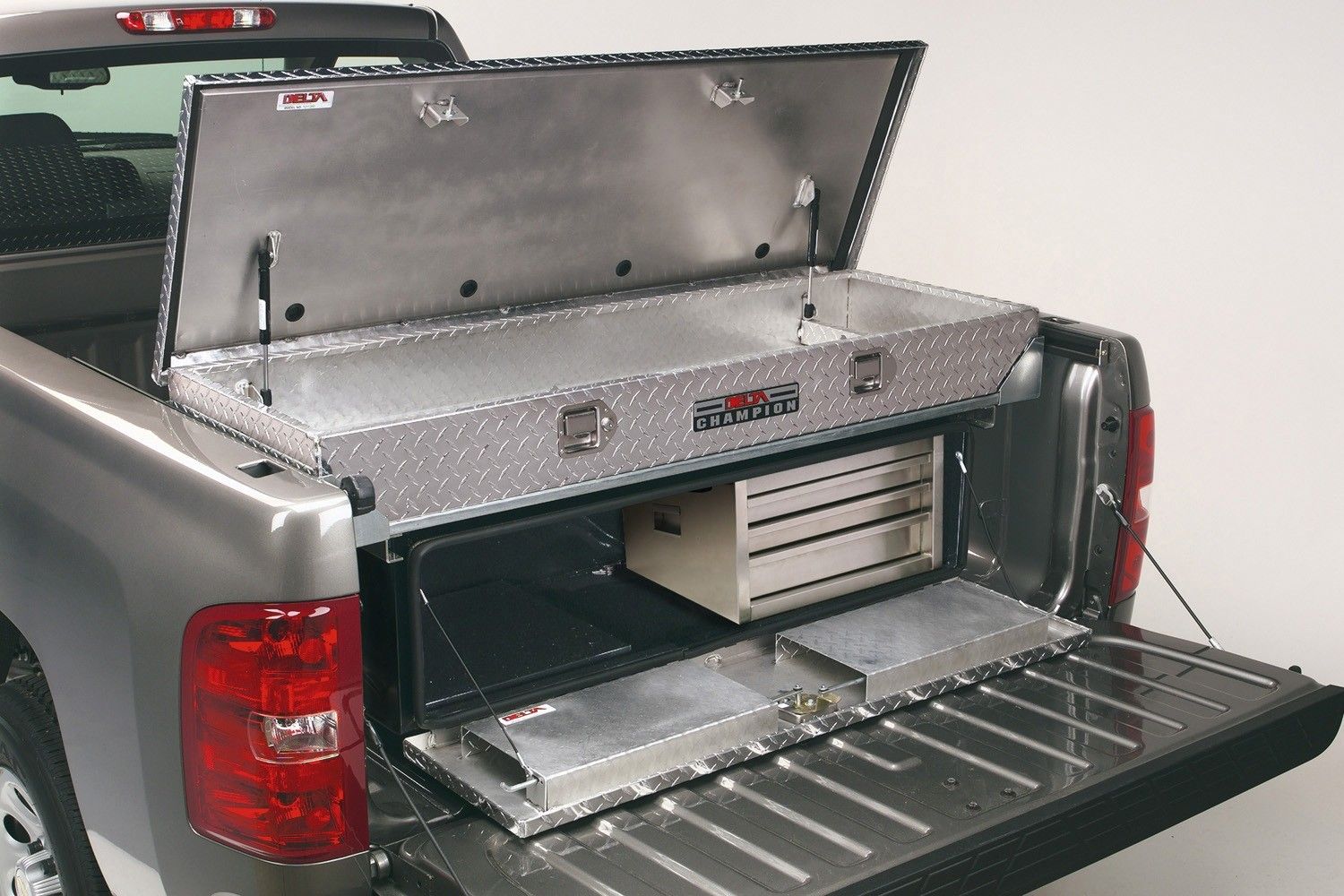


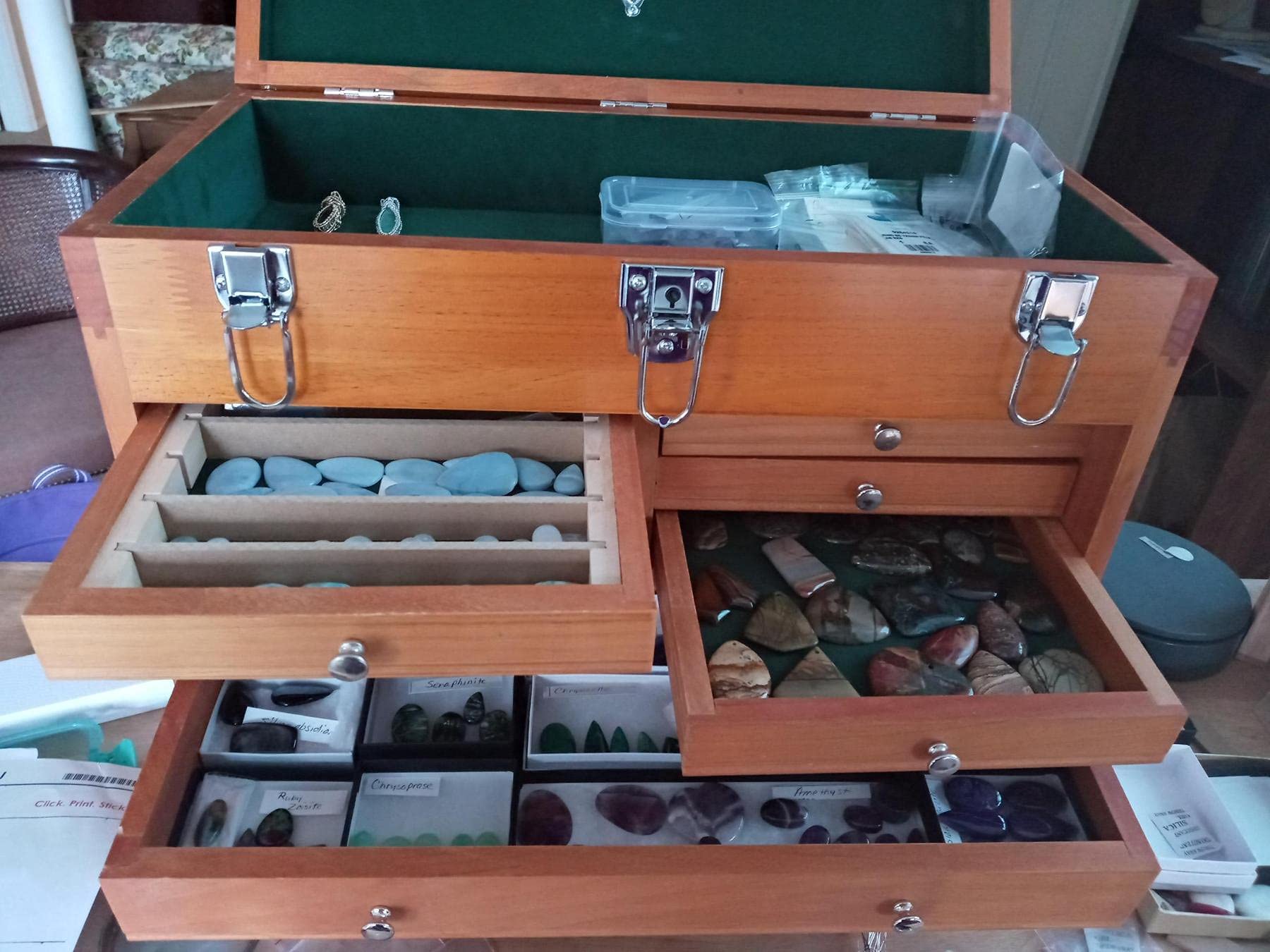
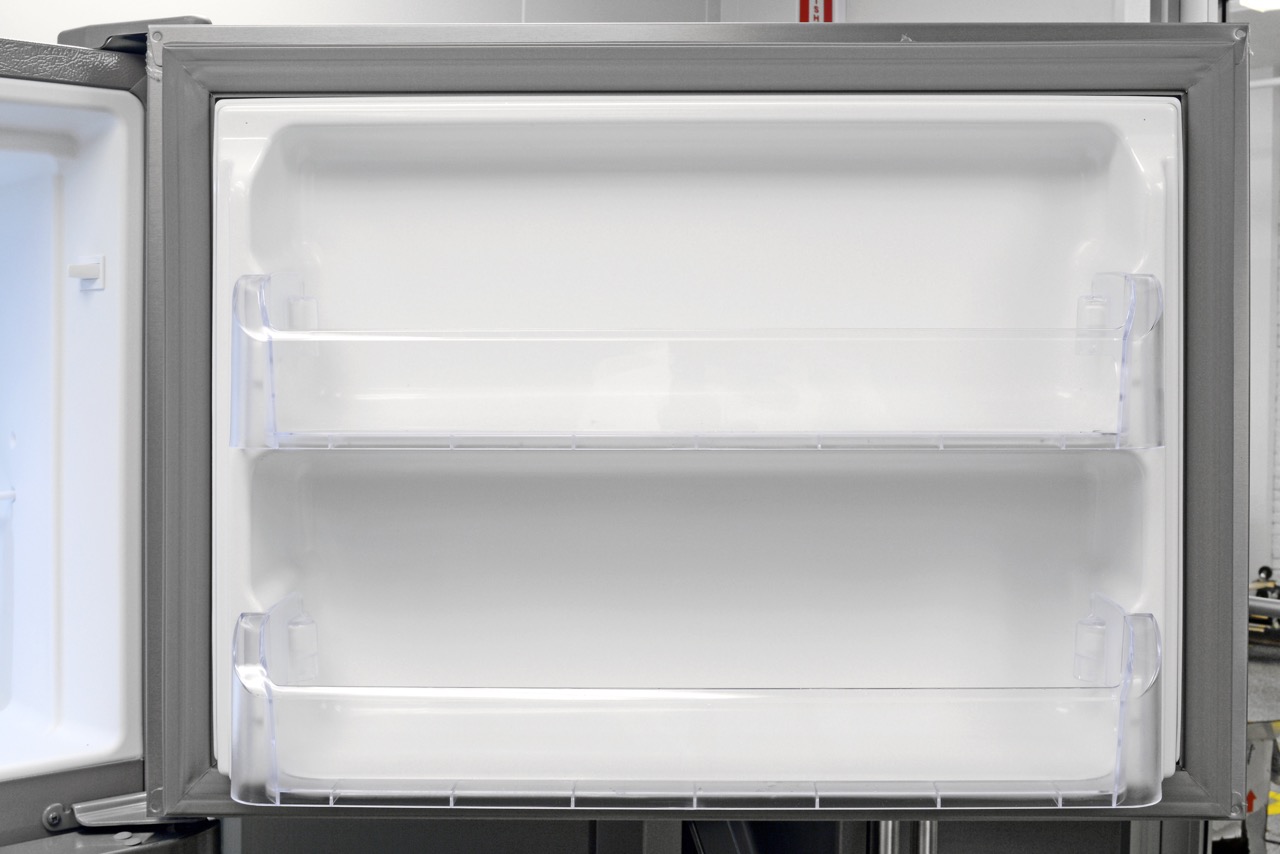

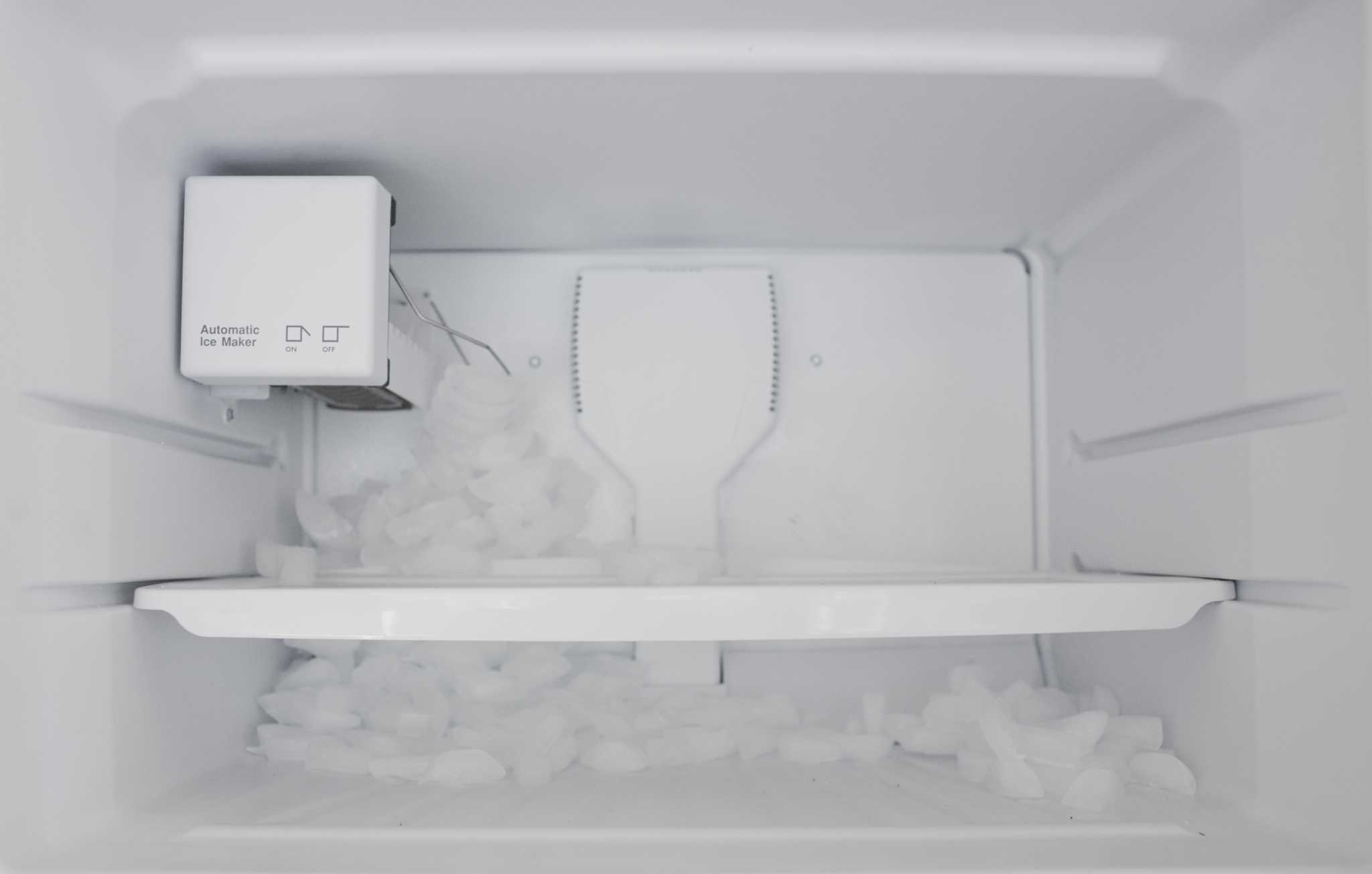
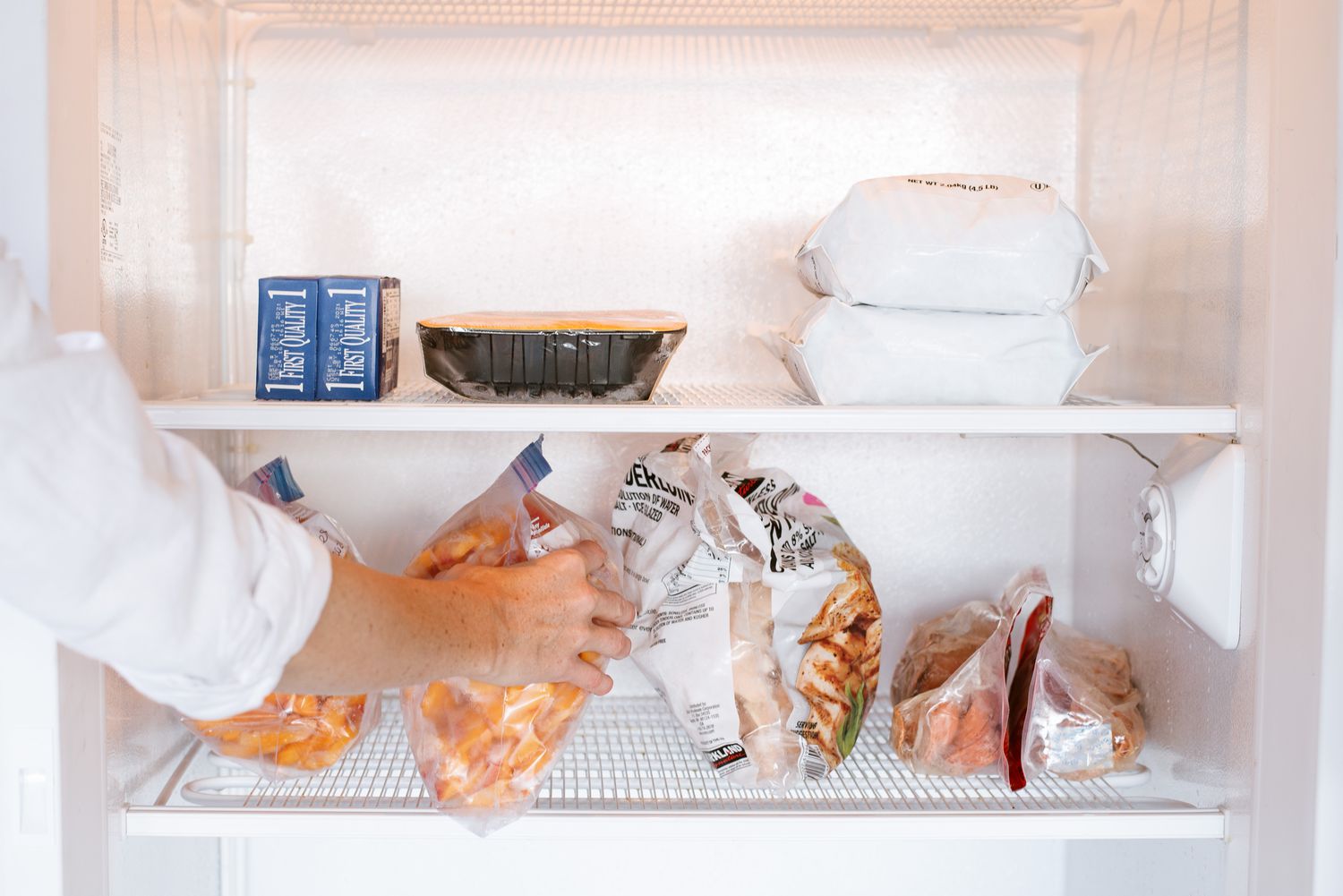
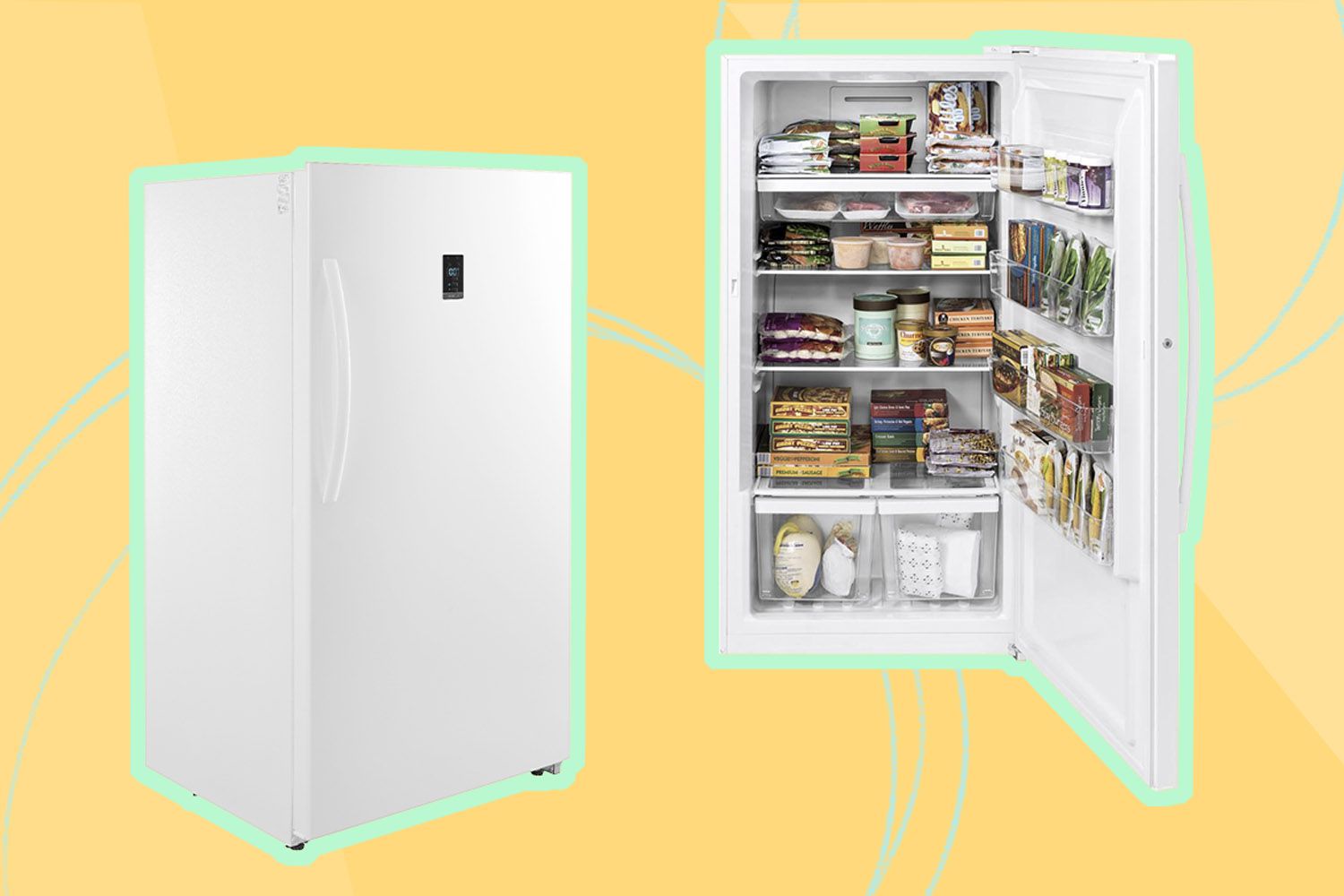

0 thoughts on “What Is Chest Freezer”